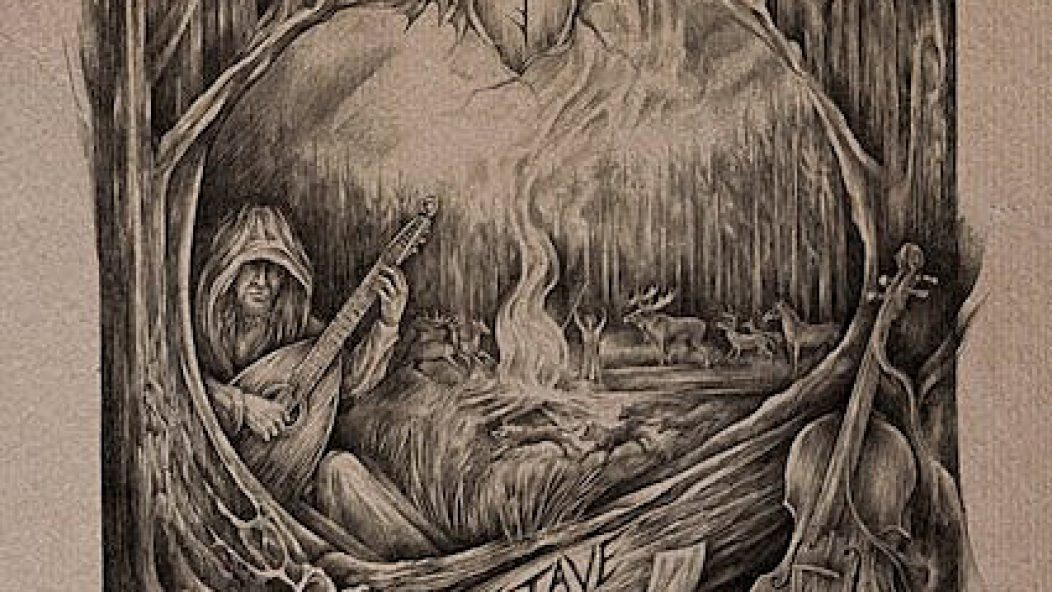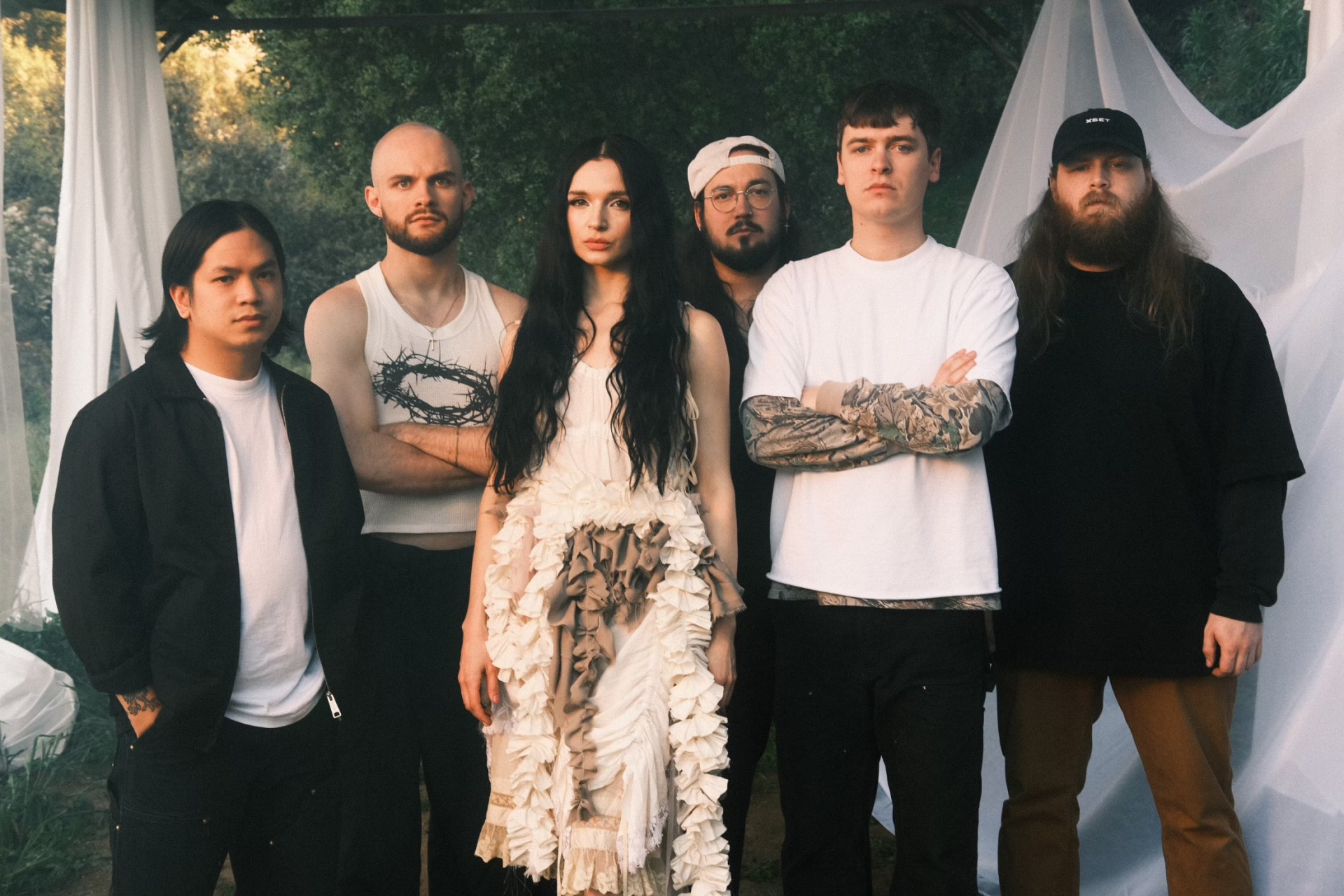
In Death, Carry OSI and the Jupiter Home (Early Track Stream)
It’s funny, I only really spent one year of my life living in the Appalachian range, but it truly left a mark on me and the way I view nature. Artists like OSI and the Jupiter, named for multi instrumentalist Sean Kratz’s two dogs, capture the mountain range’s rolling peaks and vastness through both sonic expanse at the hand of cellist Kakophonix and Kratz’s own rooted folk sounds. On this duo’s upcoming album, Stave, the more traditional folk approach and Appalachia worship found on the aptly-named preceding Appalachia EP finds a stronger footing. Featuring Polish artist Michael from fellow Eisenwald artist By the Spirits, “In Death (Carry Me Home)'”s pulsing, strummed acoustics offer a plaintive, traditional take on folk and neofolk musics, but through the Scotch-Appalachian musical lineage and lens, merging modern European and more historic American styles together as one. Listen to “In Death (Carry Me Home)” ahead of Stave‘s release and read a brief, three-question interview with Kratz below
…
…
As OSI and the Jupiter moves forward in time, how do you feel the project has evolved?
I have learned a lot musically over the years and still am learning more; I believe that’s a process that can last a lifetime and combining this with my spiritual path makes it even more dear to me. The evolution of OSI and the Jupiter is also me walking deeper into realms of nature and connectivity to it spiritually.
Your last release was a celebration of Appalachia and American nature which I thought was a refreshing perspective for neofolk-adjacent music — why the switch to Norwegian holy sites on Stave?
Stave is not a switch to Norwegian or Norse, it’s a sacred site where one binds its will in celebration of nature. Stave means a wooden structure in a sacred site. So there are many misconceptions because of Stave Churches. Stave also refers to a musical staff, so the meaning coincides together in this album as well as spiritually. The music in this album transports you to mythical places that connect with nature. It still sings about Appalachia and many other parts of the world, as well as what is beyond.
I also understand “Nights in White Satin” wasn’t initially going to be the cover found on this album. What initially made you pick “Play With Fire” by the Rolling Stones and why did you switch to a Moody Blues song?
The recording of Stave was completed at the end of 2019, as well as “Nights In White Satin.”
During the beginning of COVID I completed multiple cover songs, which will be released sometime after Stave. It’ll have a special compilation and a few new original songs. Doing the “Nights In White Satin” cover really inspired me to do a few others.
I decided to do “Nights In White Satin” because it’s a song that I always enjoyed and why not make it instrumental, and more of a soundscape to sing to your soul.
“Play With Fire” will be released on the cover compilation we have together later, so stay tuned for more info in the months to come.
…
Stave releases August 27th on Eisenwald.
…










